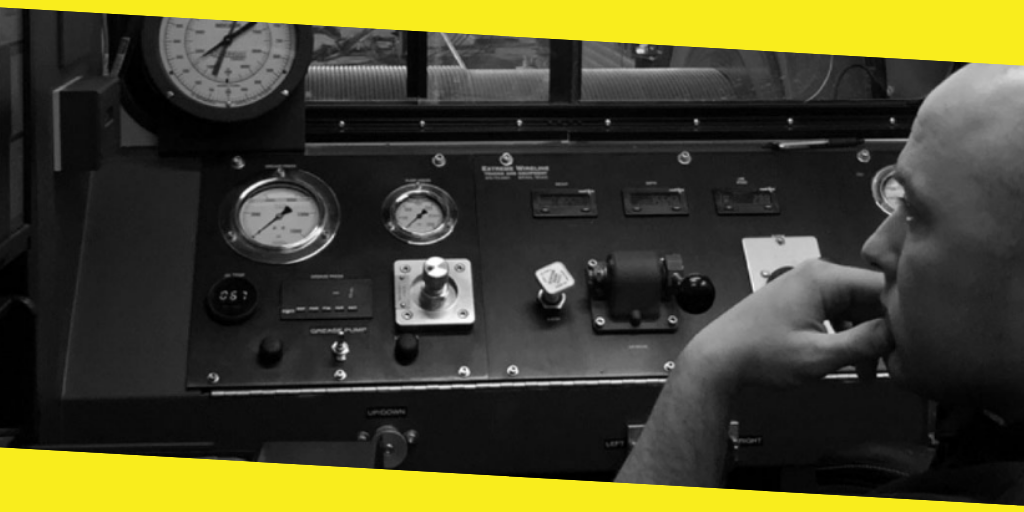Cased-Hole Logging and Its Approaches

Cased-hole logging is one of the types of wire line logging. Cased hole logs are used in the wells after casing and cementing. These logs generally represent pulsed neutron logs, noise logs, cement logs, ultrasonic imaging for cement evaluation, production logging and more.
Cased-holes logs help in estimating the additional information from the well or reservoir that has already been structured.
It also involves redeeming logging measurements through a well casing or metal pipe, which is inserted and cemented into the section of the recently drilled wellbore as well as in well completion actions. Cased hole well services provide and analyze the vital signs of a wellbore.
For instance, a well might have started flowing but after some time its production starts diminishing. The cased hole logging will offer the entire information about uncertainties that occur in the well. Besides, it will help in observing the lies, state of cement, perforation, and corrosion that the general casing will not be able to identify.
With technology, the cased hole will address environments like mature fields, high pressure, and high temperature, unconventional plays, deepwater and more.
The casing is found in several ranges of sizes and different material grades, and are designed for various conditions that might occur during the production and drilling. An appropriately cased hole helps in drilling several ways like unstable upper formation, preventing fresh water contamination and isolation of various zones featuring different pressures in drilled formations.
What Are Cased-Hole And Open-Hole Logging?
Well logs are the measurements that are used at specific depths of the well to identify the formation of subsurface, and it is important for professional drillers and operators. Although the logging-while-drilling expertise has modified the drilling operations to minimize the drilling operations, some logging methods occur after the drilling process.
Cased-hole logging packs rework on logging measurements using the well casing or metal piping, which is inserted into the well for complete operations. It is used to assess the formation and completion of the well and to determine the state of corrosion, cement, and perforation. Moreover, cased logging provides valuable and accurate information about the well or reservoir.
While Open-hole logging mentions the logging operations that are performed on the welder before cementing and casing of the well. In other words, the logging is done using the bare rock sides. Open-logging is the most common type of lodging because the measurements in the process or not, and the process is done during or after the well is drilled.
Evaluation of Improved Saturation behind Casing:
Saturations identified from the resistivity measurements are better than the data produced by pulsed neutron nuclear logging tools that are used behind the casing. Usually, the depth of investigation of such casing lies between 7 and 32 feet, which is higher than the magnitude more in-depth than the nuclear measurements.
Cased-hole logs help In Measuring Deep Formations Resistivity Behind Steel Casing:
It offers an improvement in the operational efficiency of cased hole resistivity measurements.
This will also help you in determining and evaluating bypassed hydrocarbons to offer deep-reading measurements.
So, well logs offer detailed information about the plot of parameters and depth. Know them and get well drilling with the most accurate measurements!
Recommended For You
How Safe It Is to Buy Beauty Products from Online?
Most Inside
Most Inside offers high-quality recommendations and valuable updates to enhance all aspects of your life, providing premium guidance and enriching experiences.




